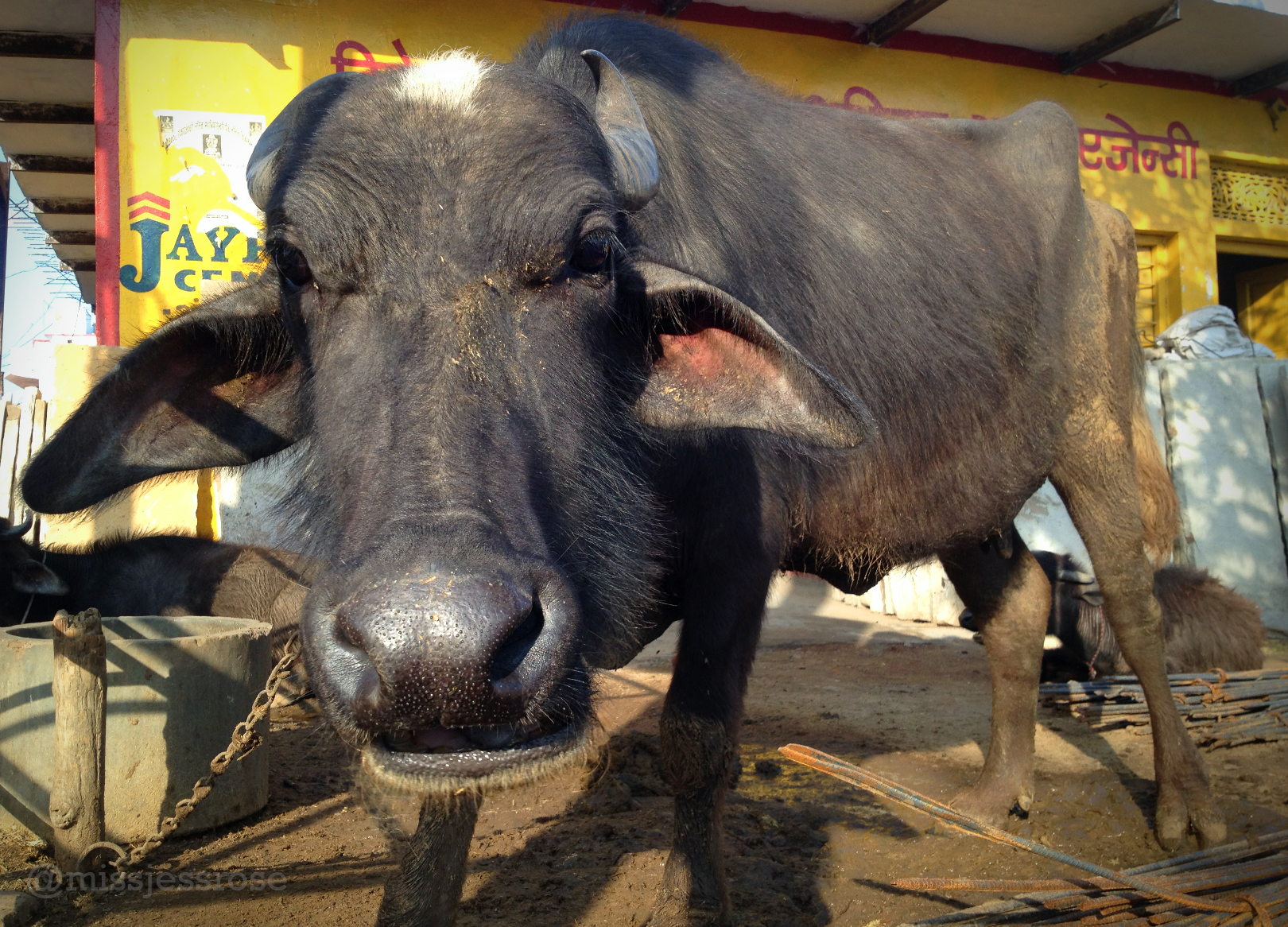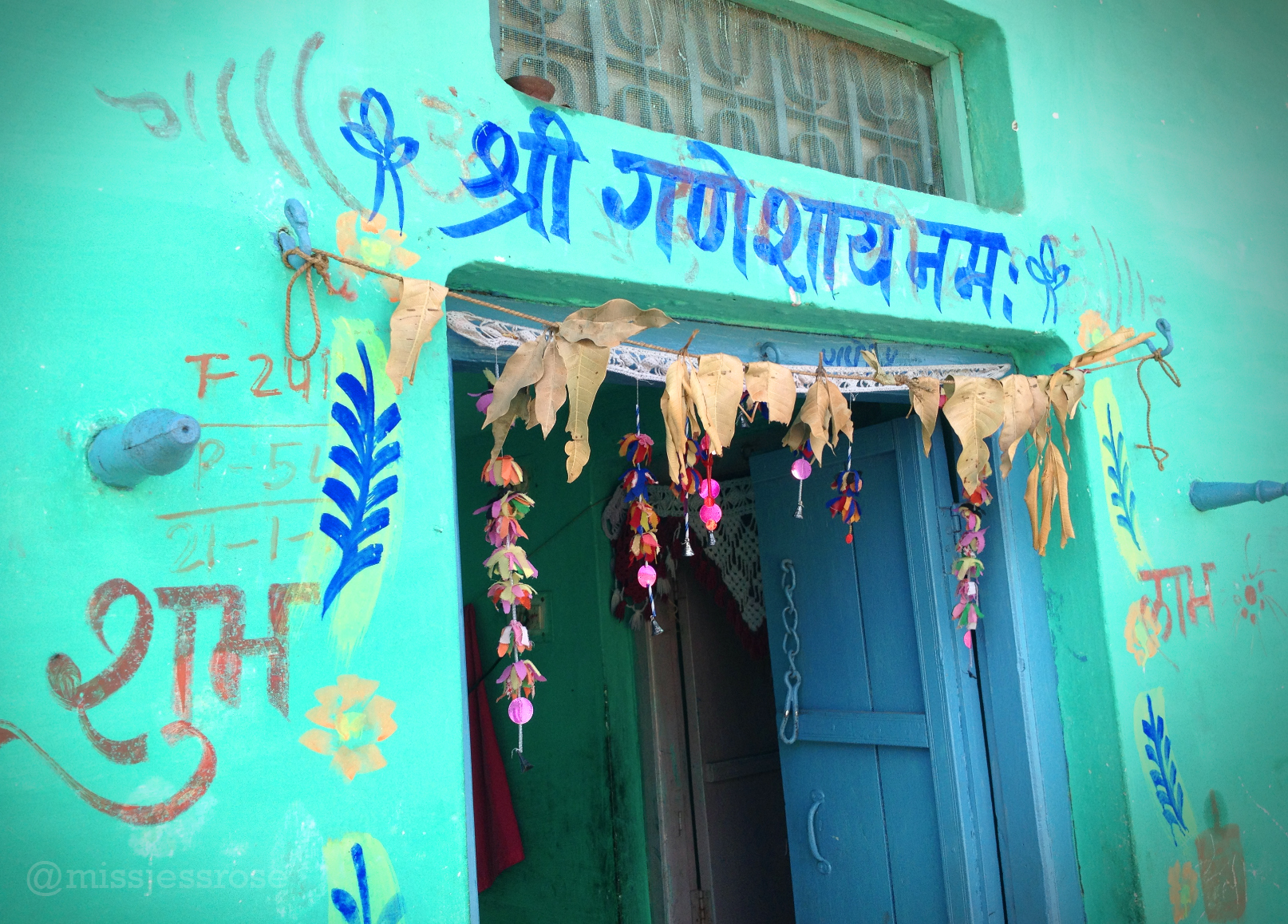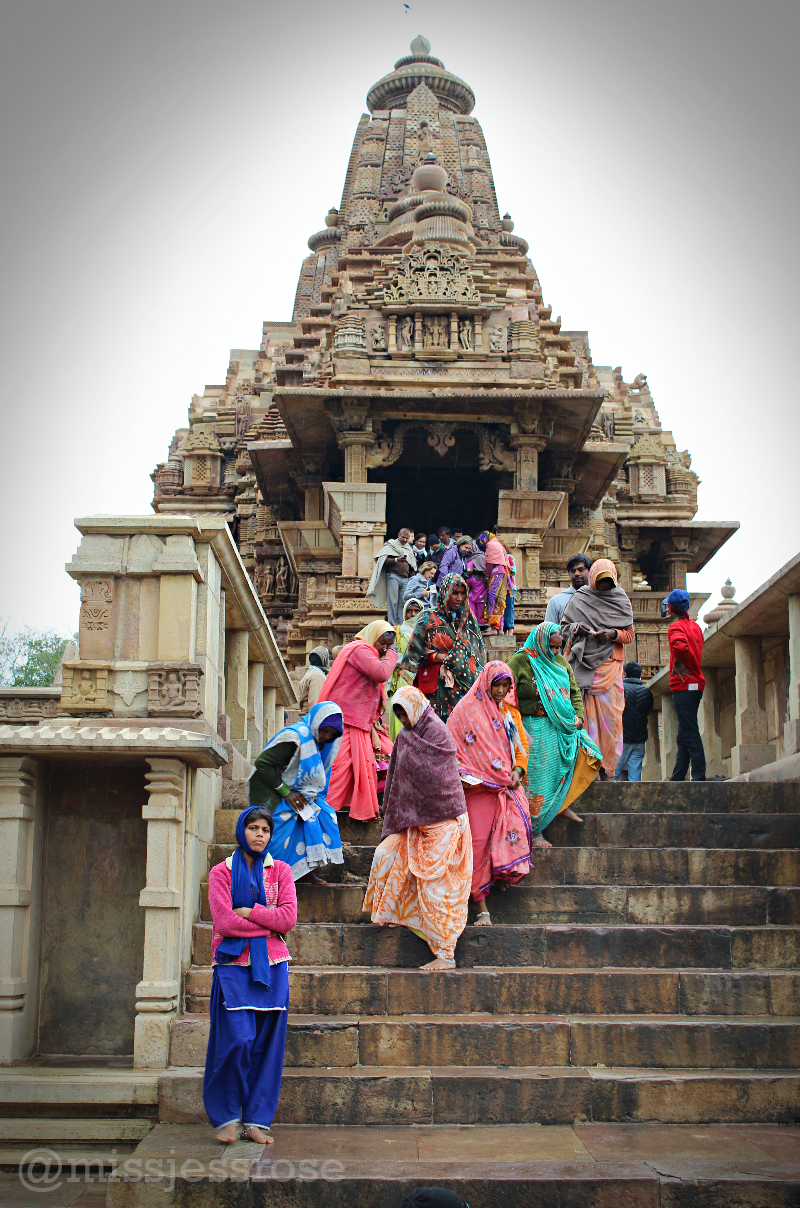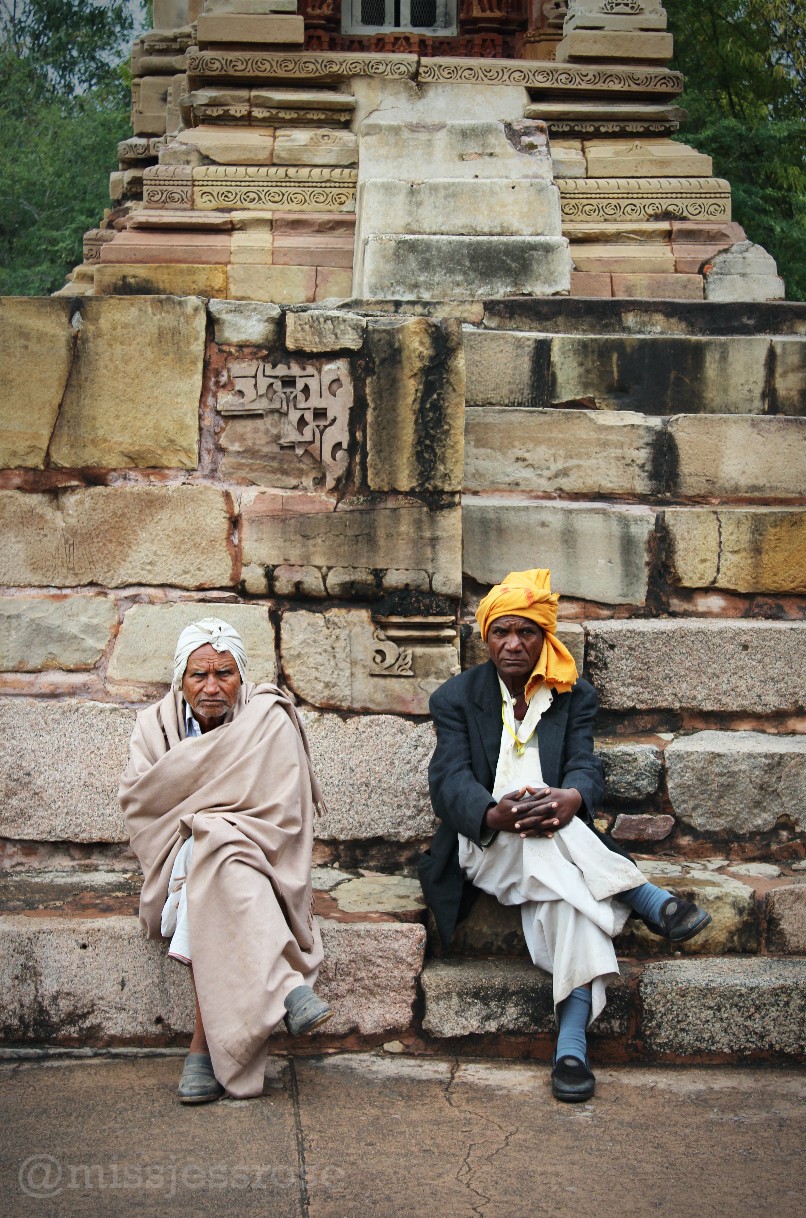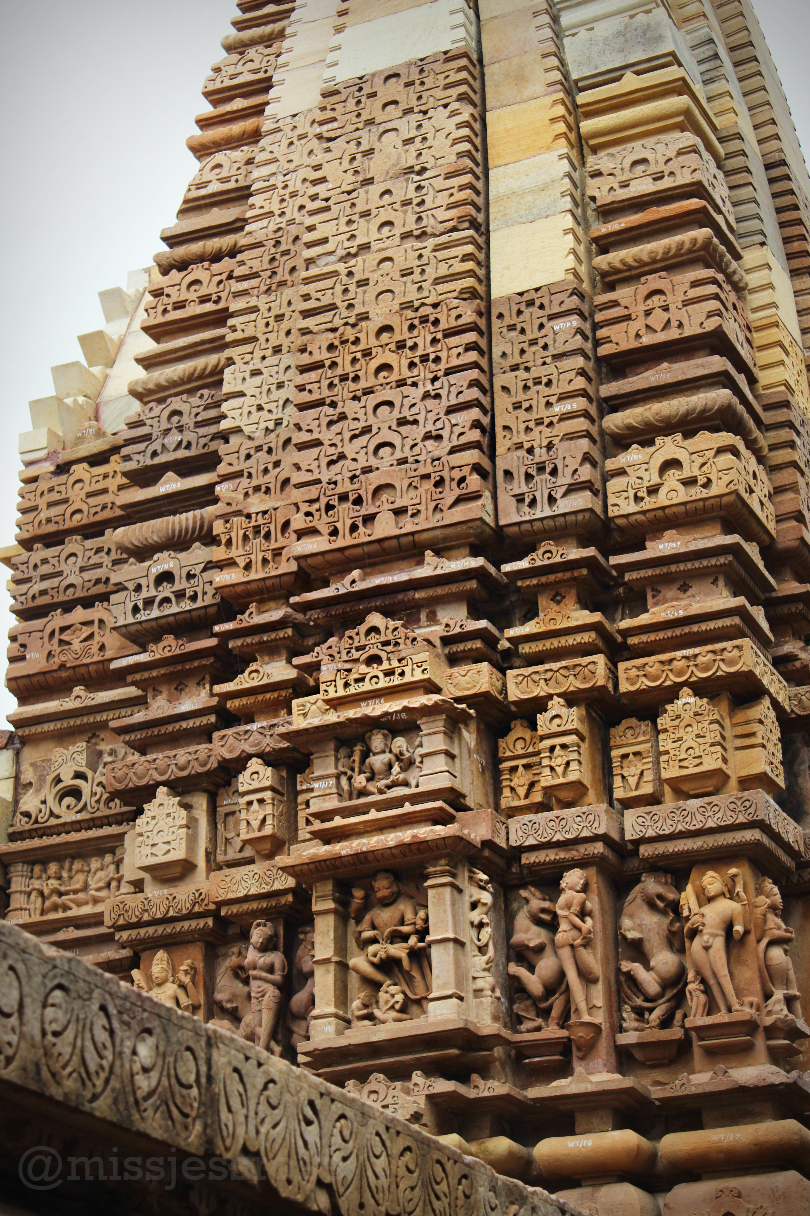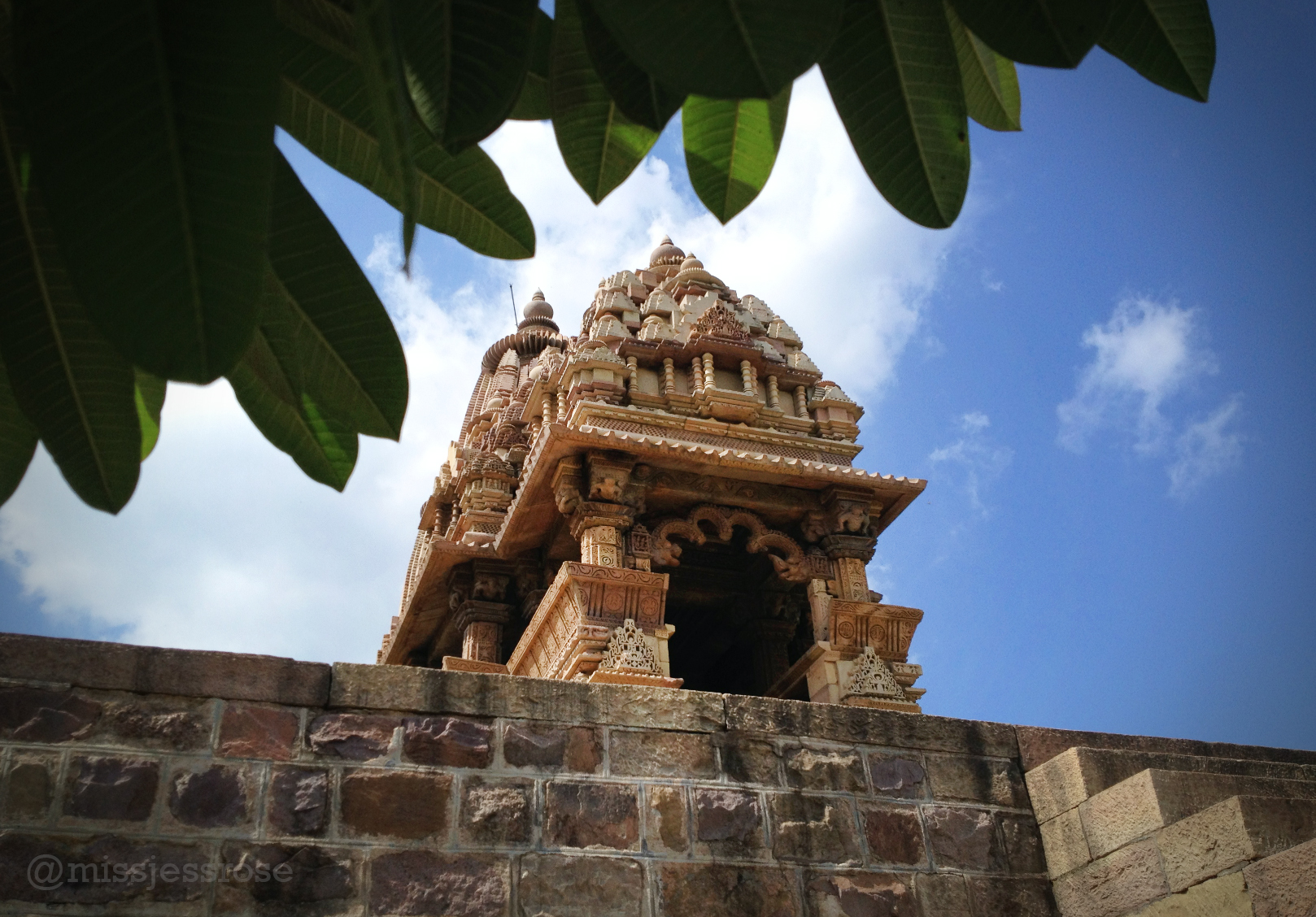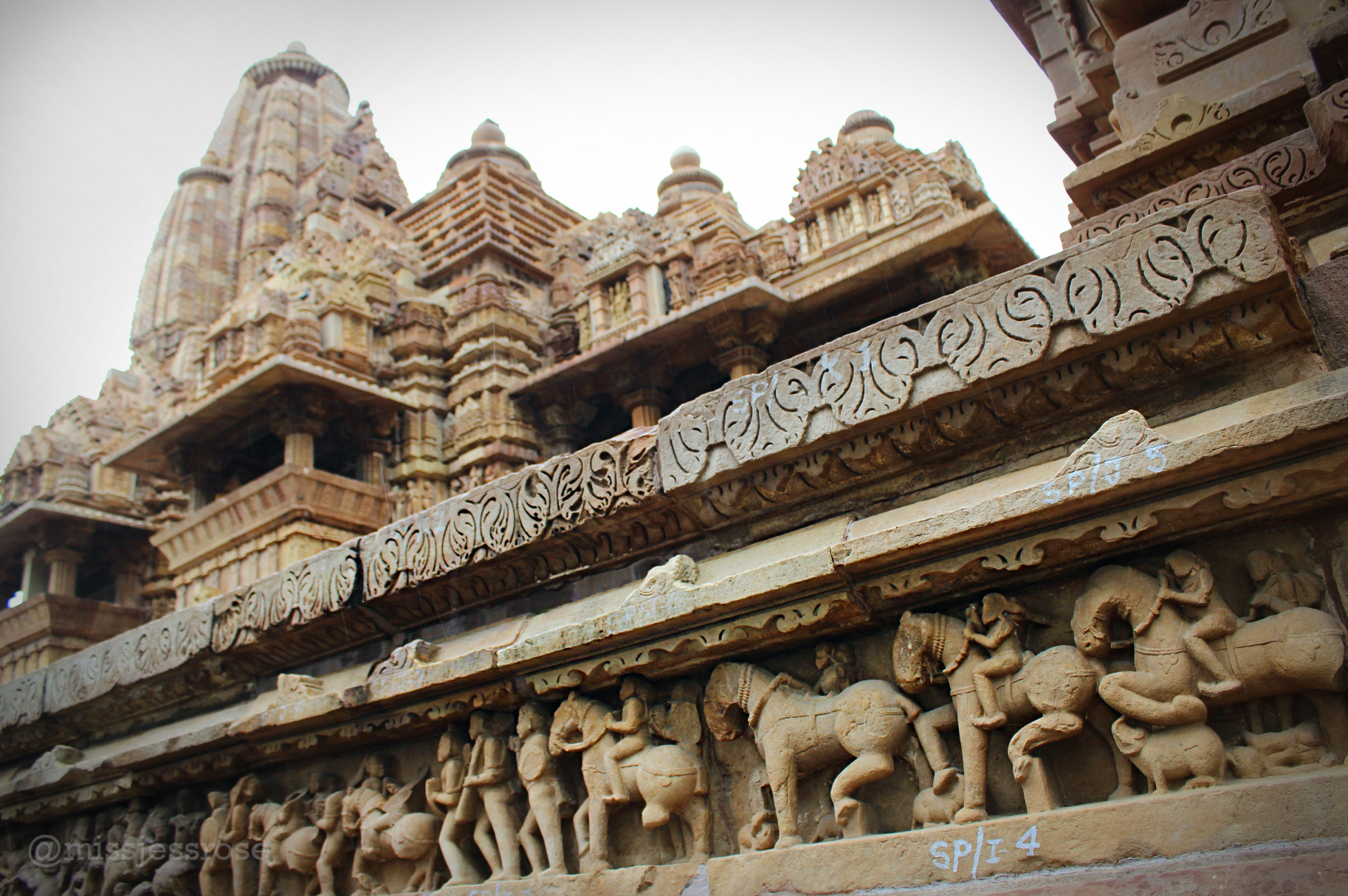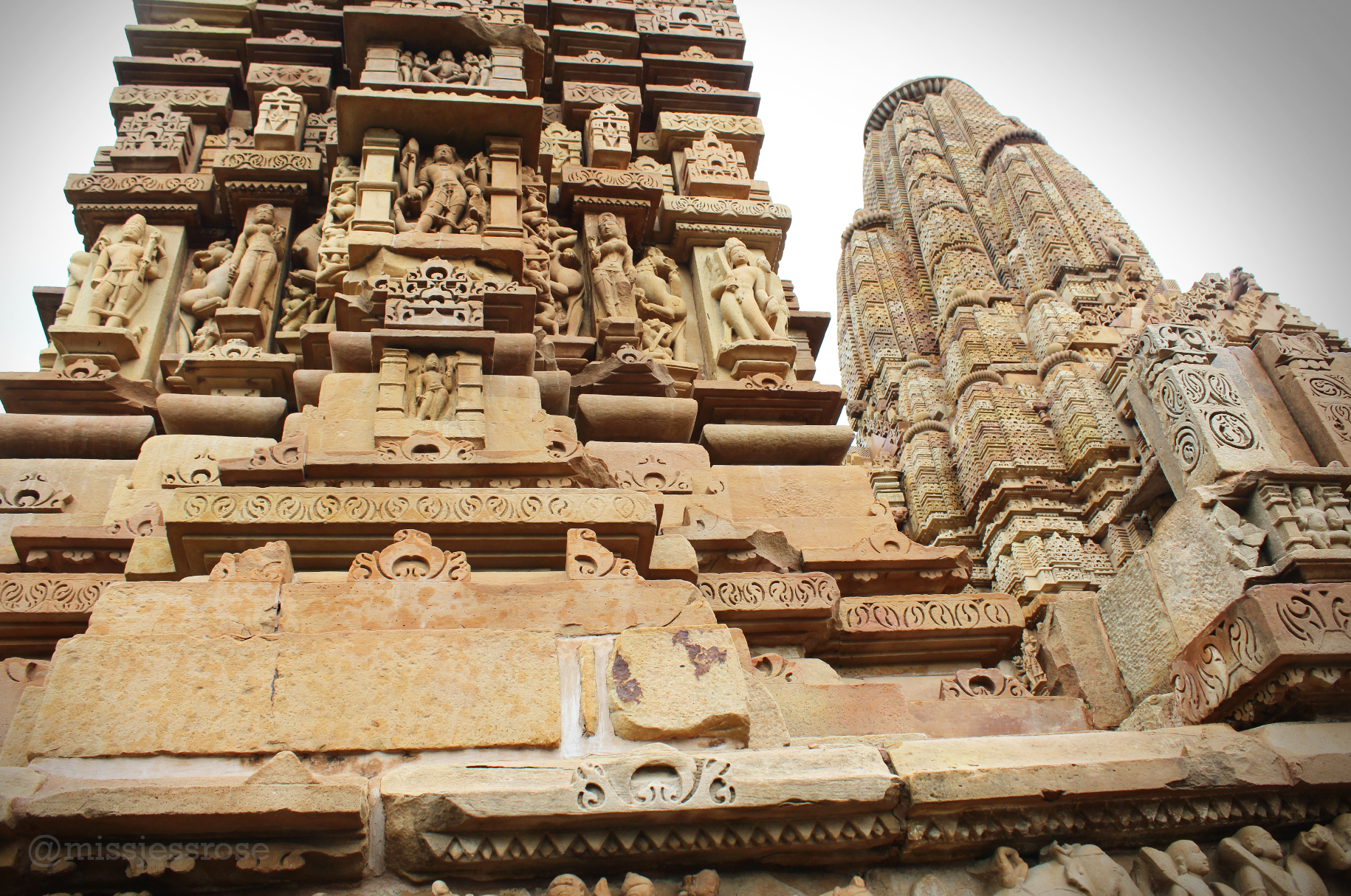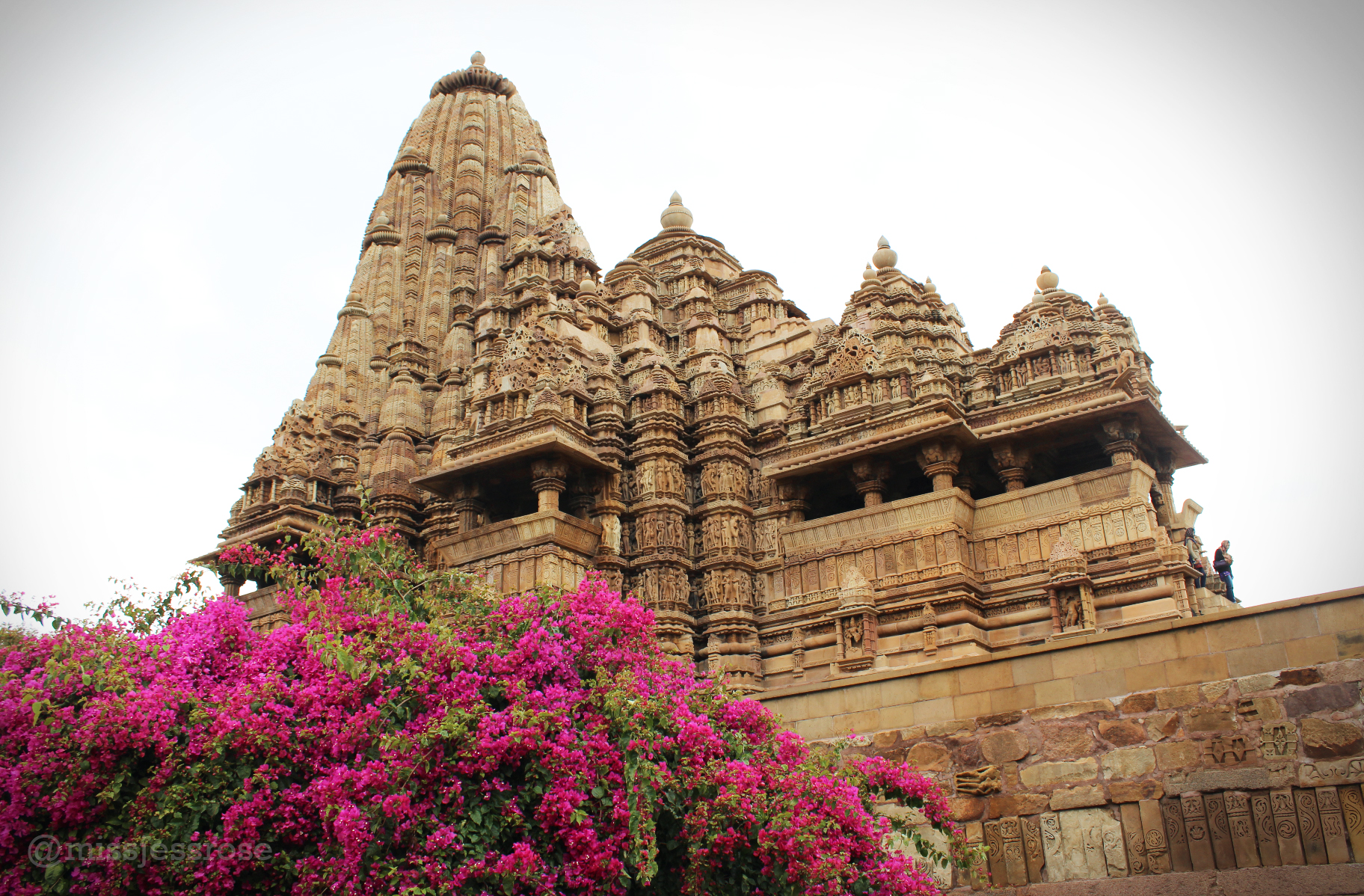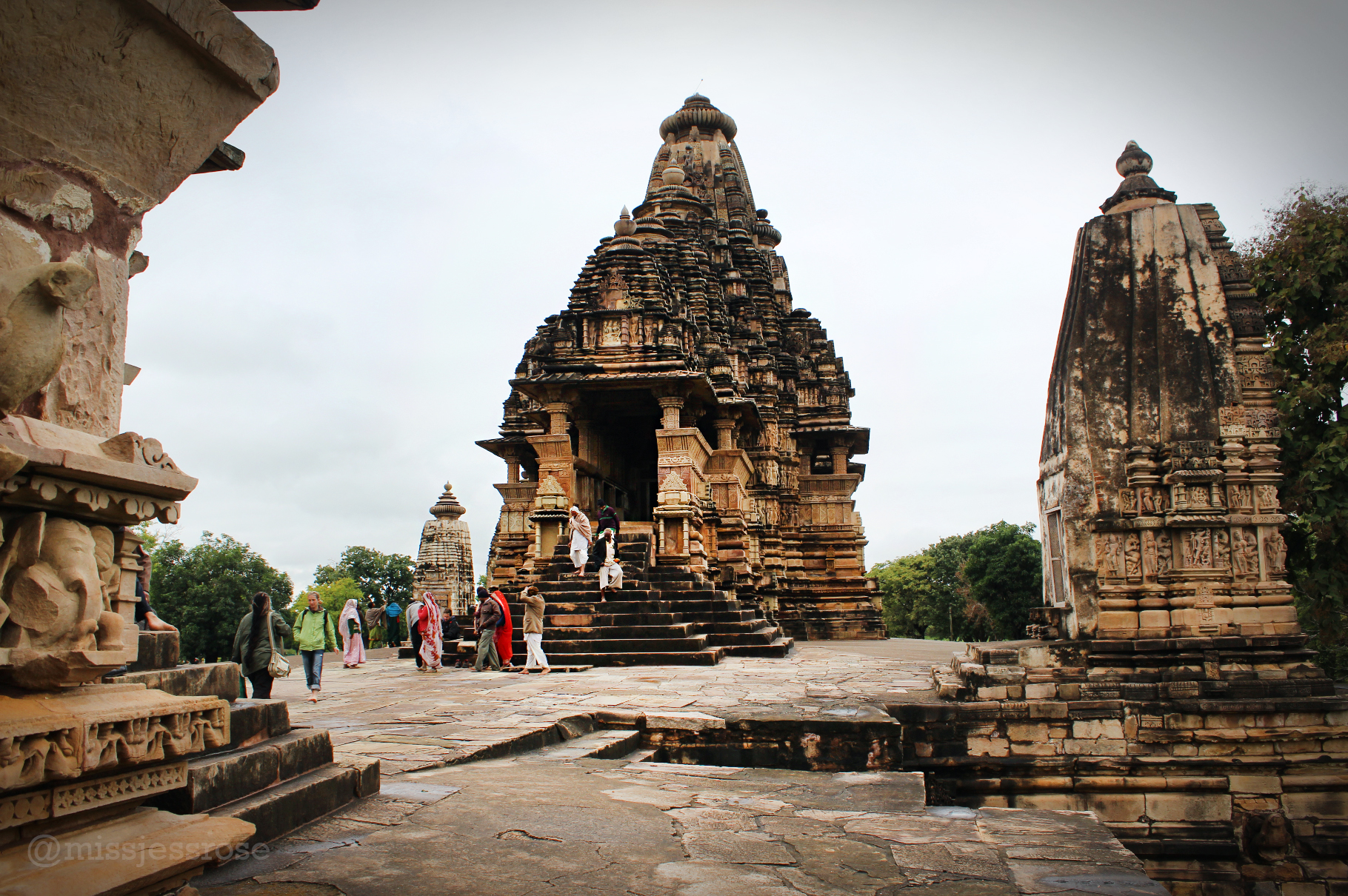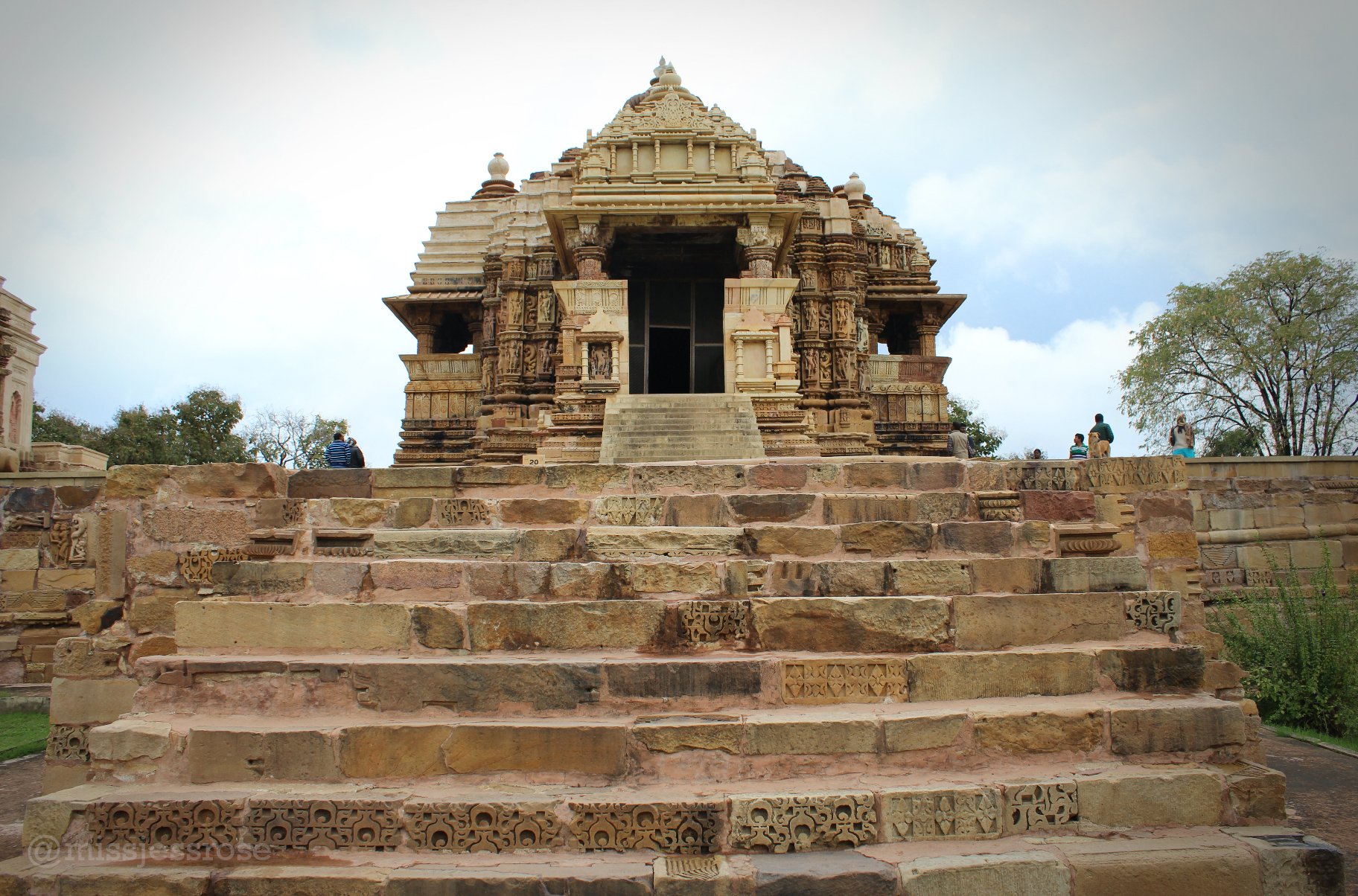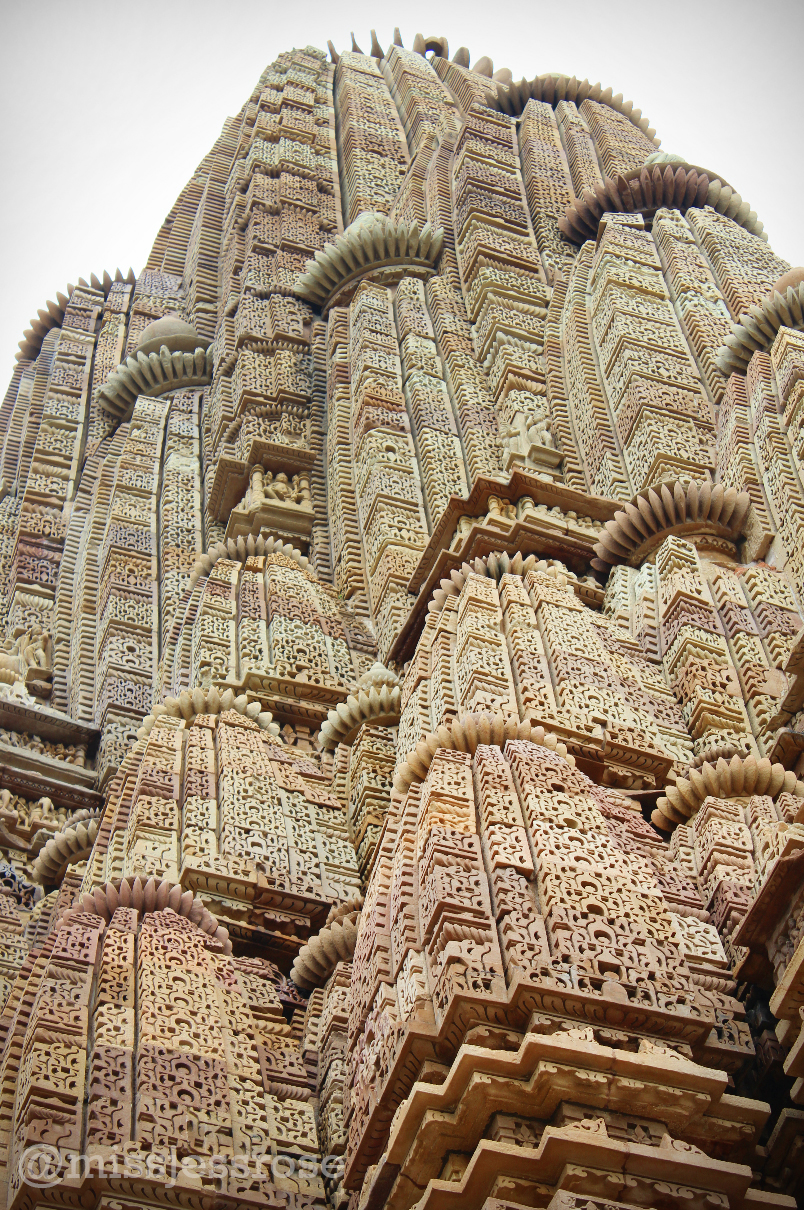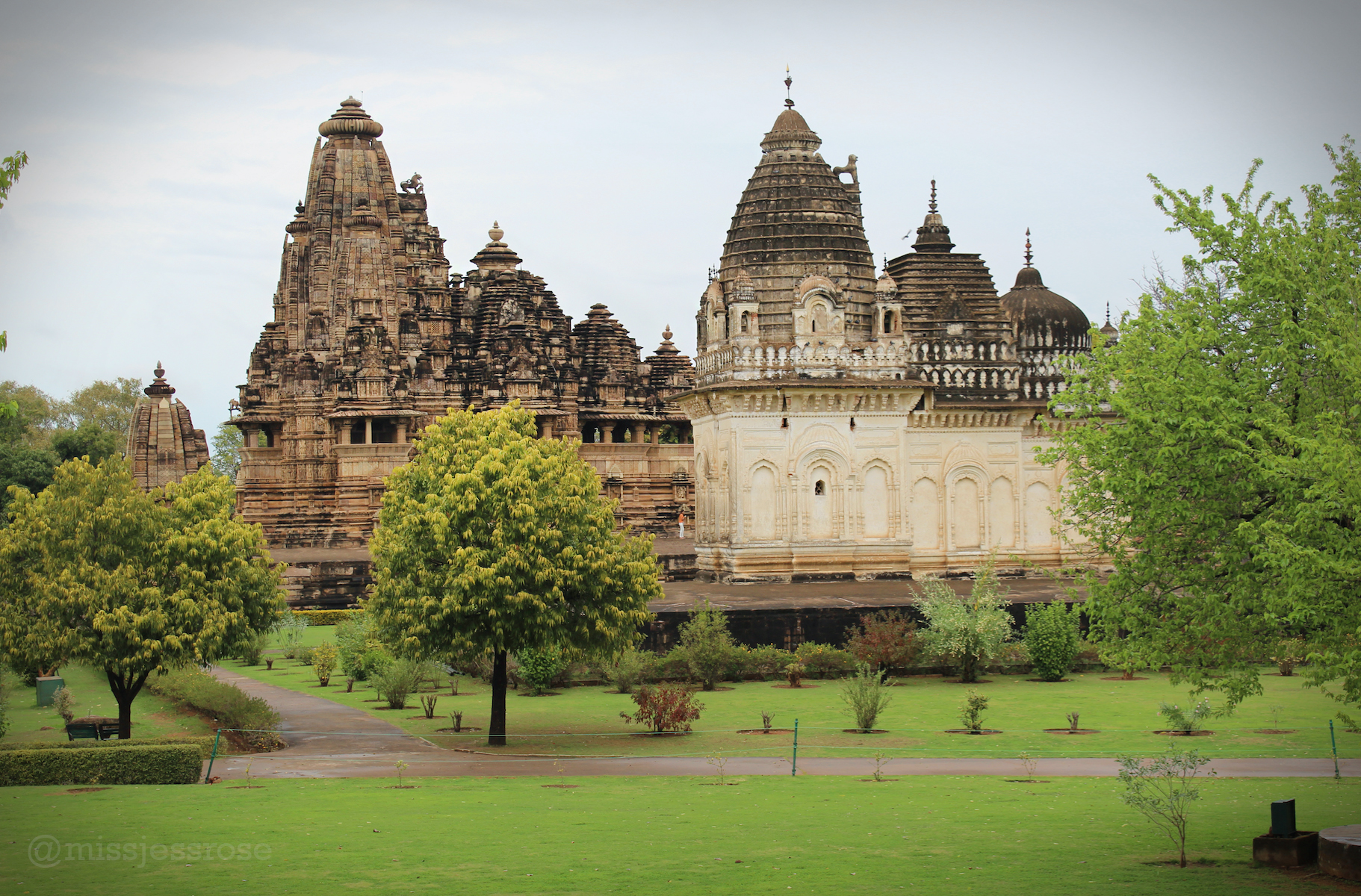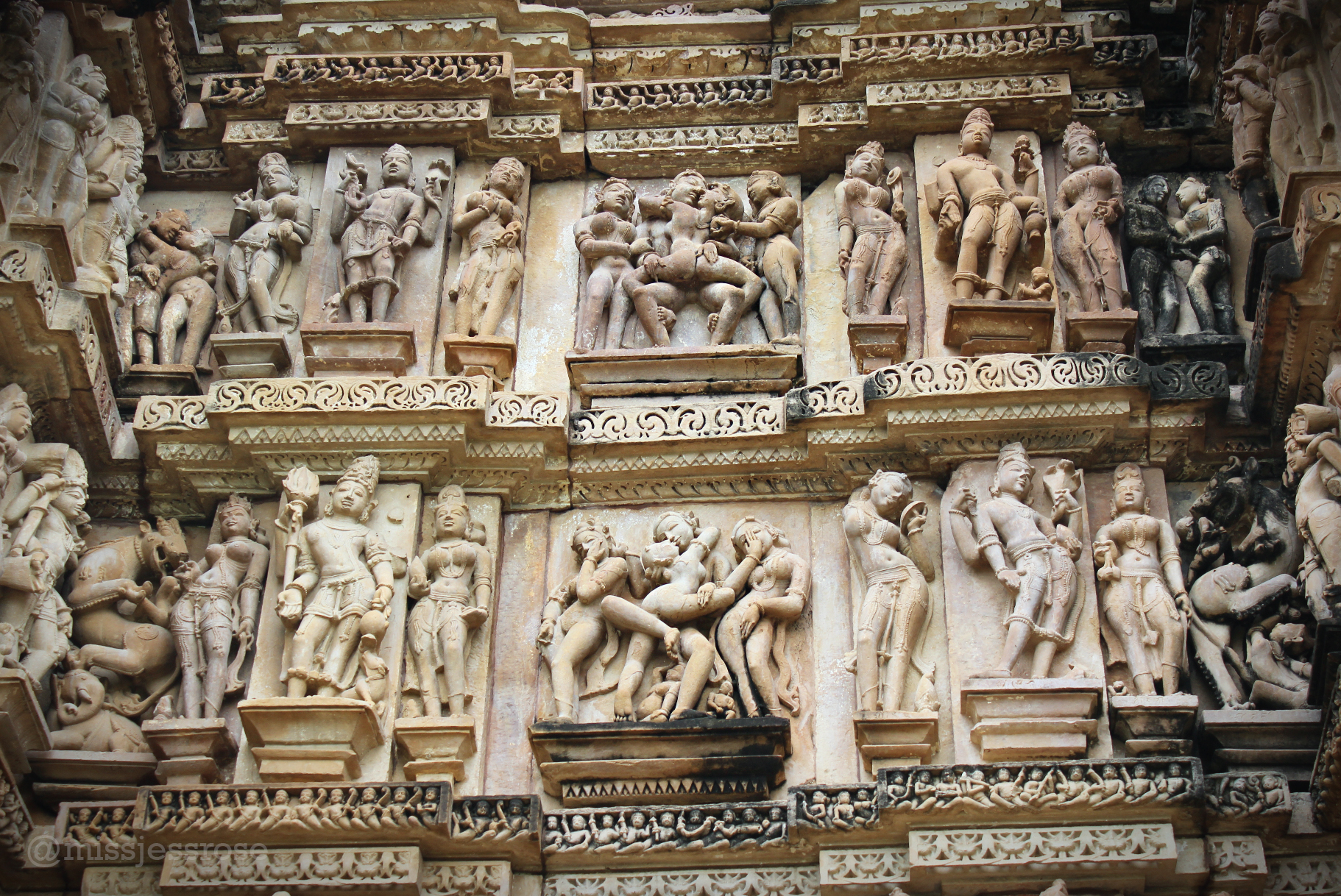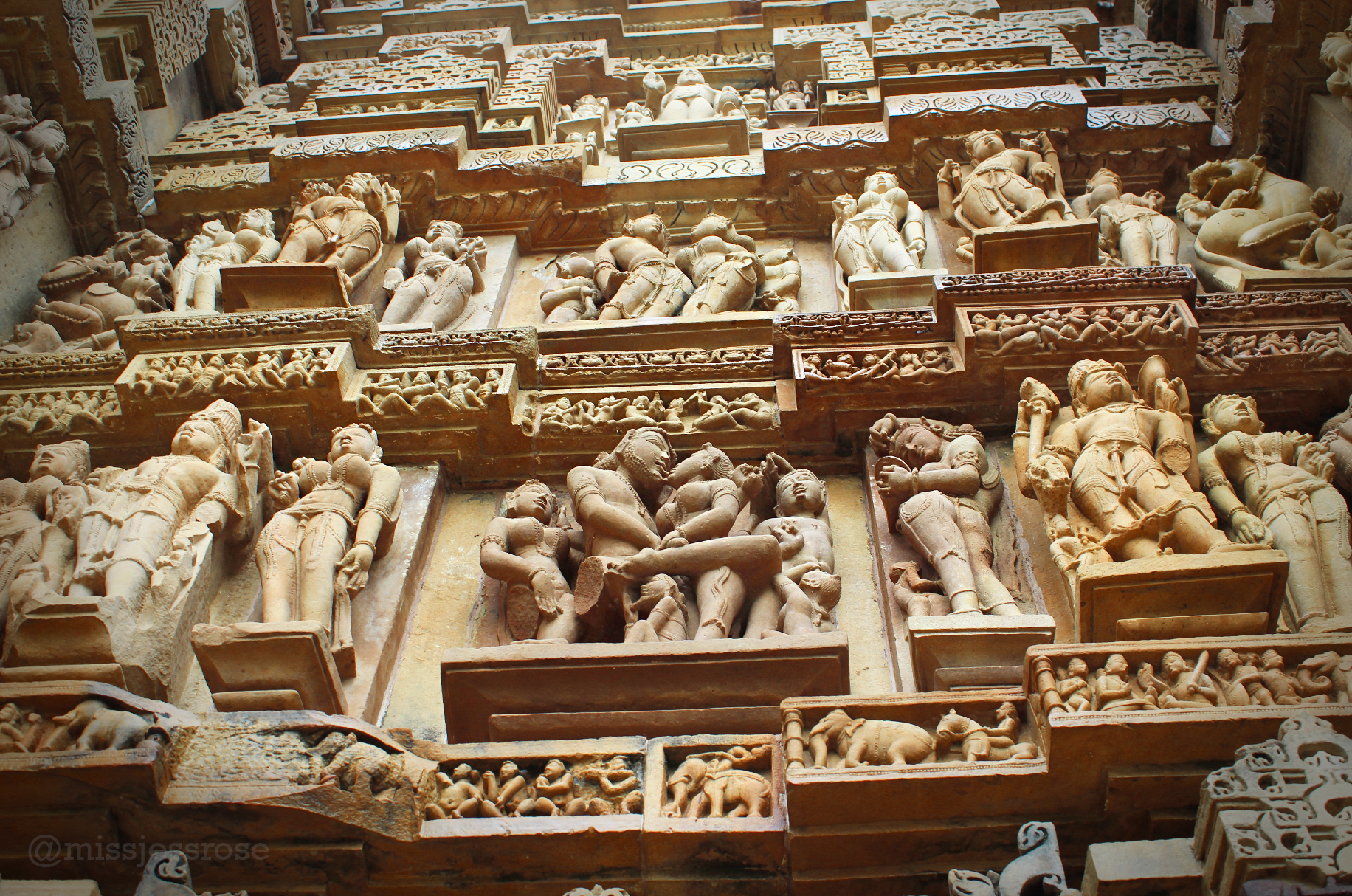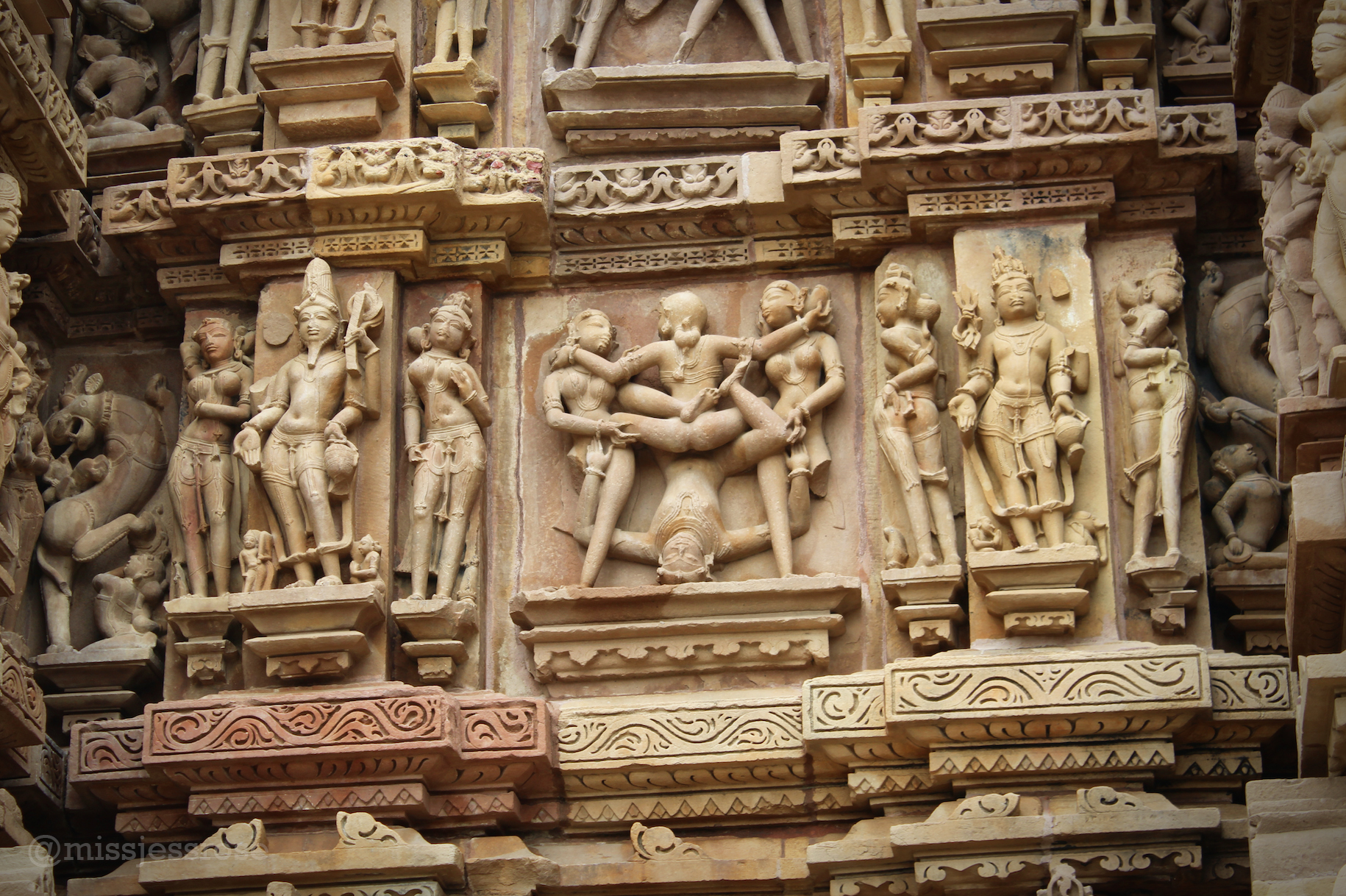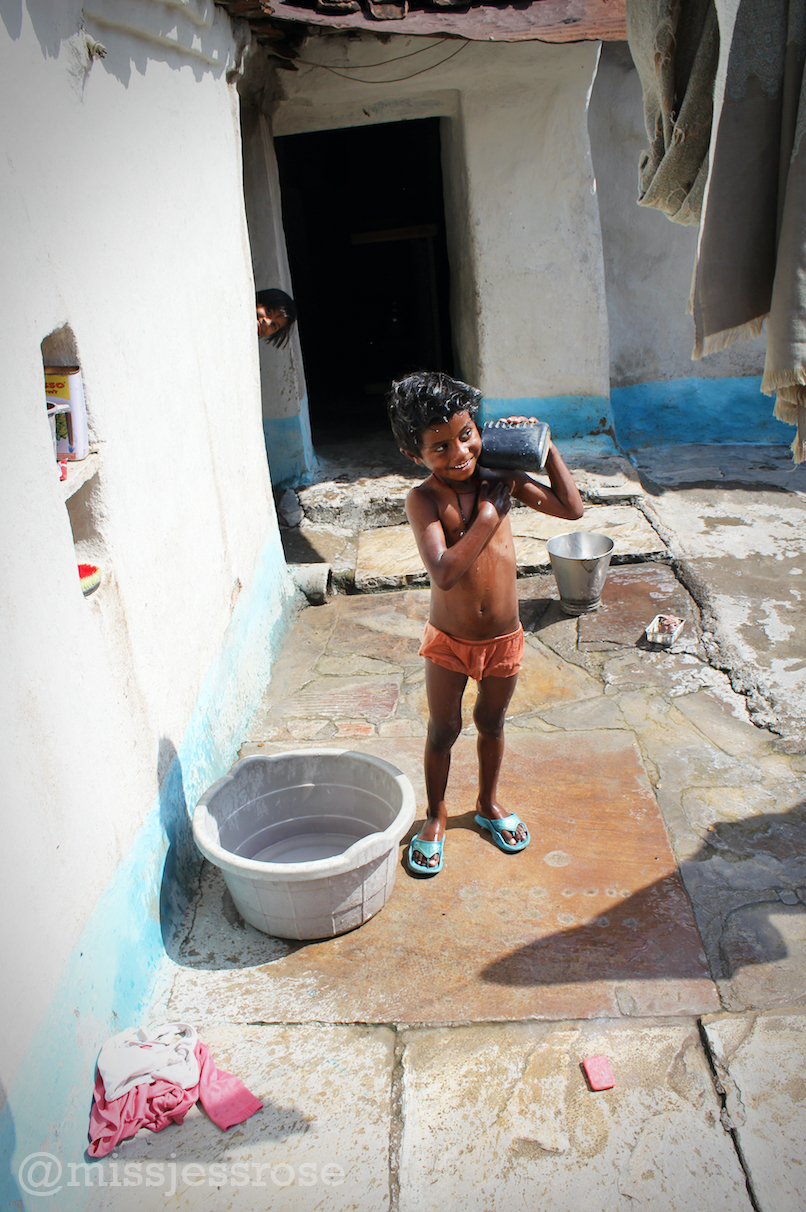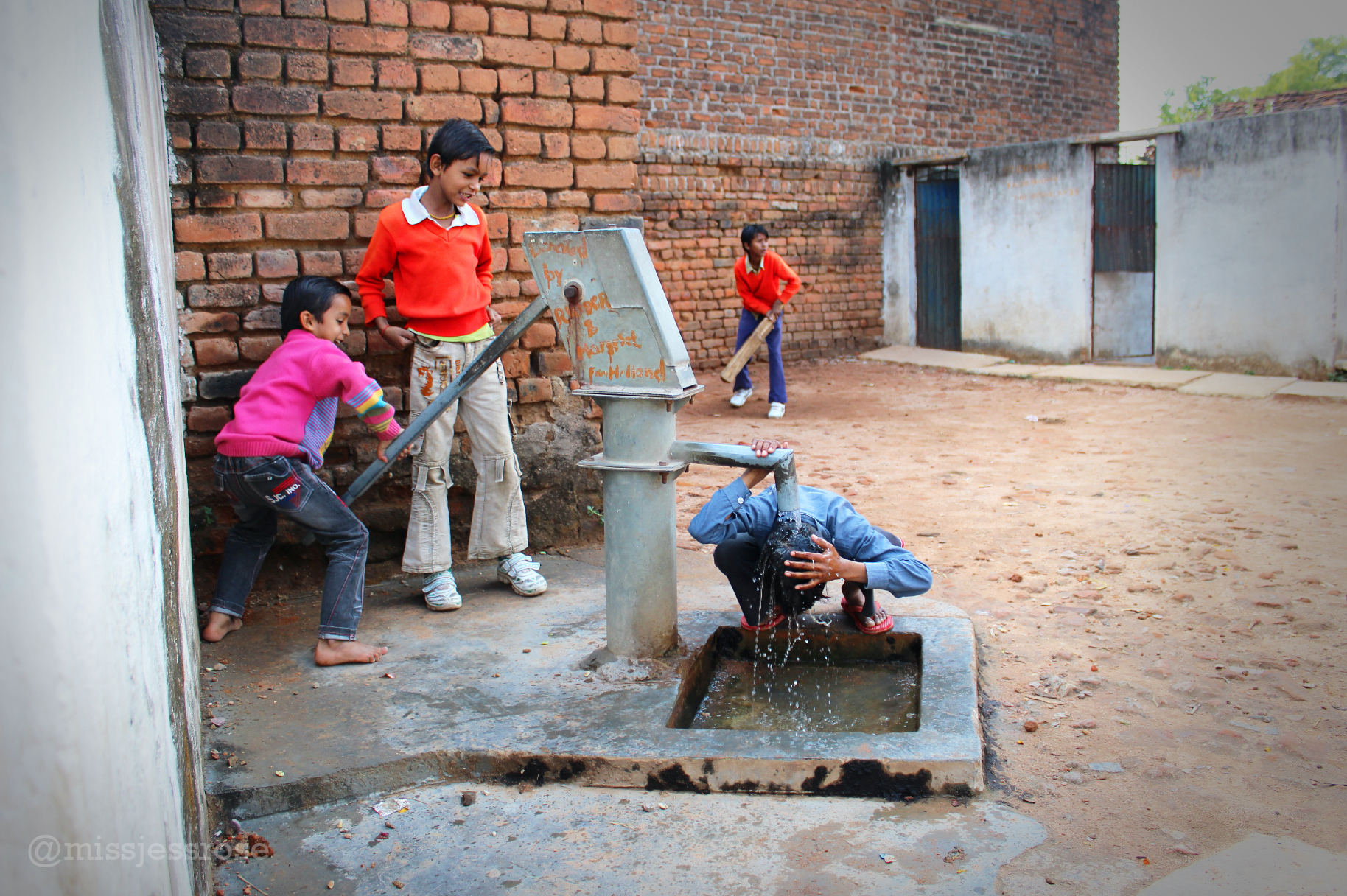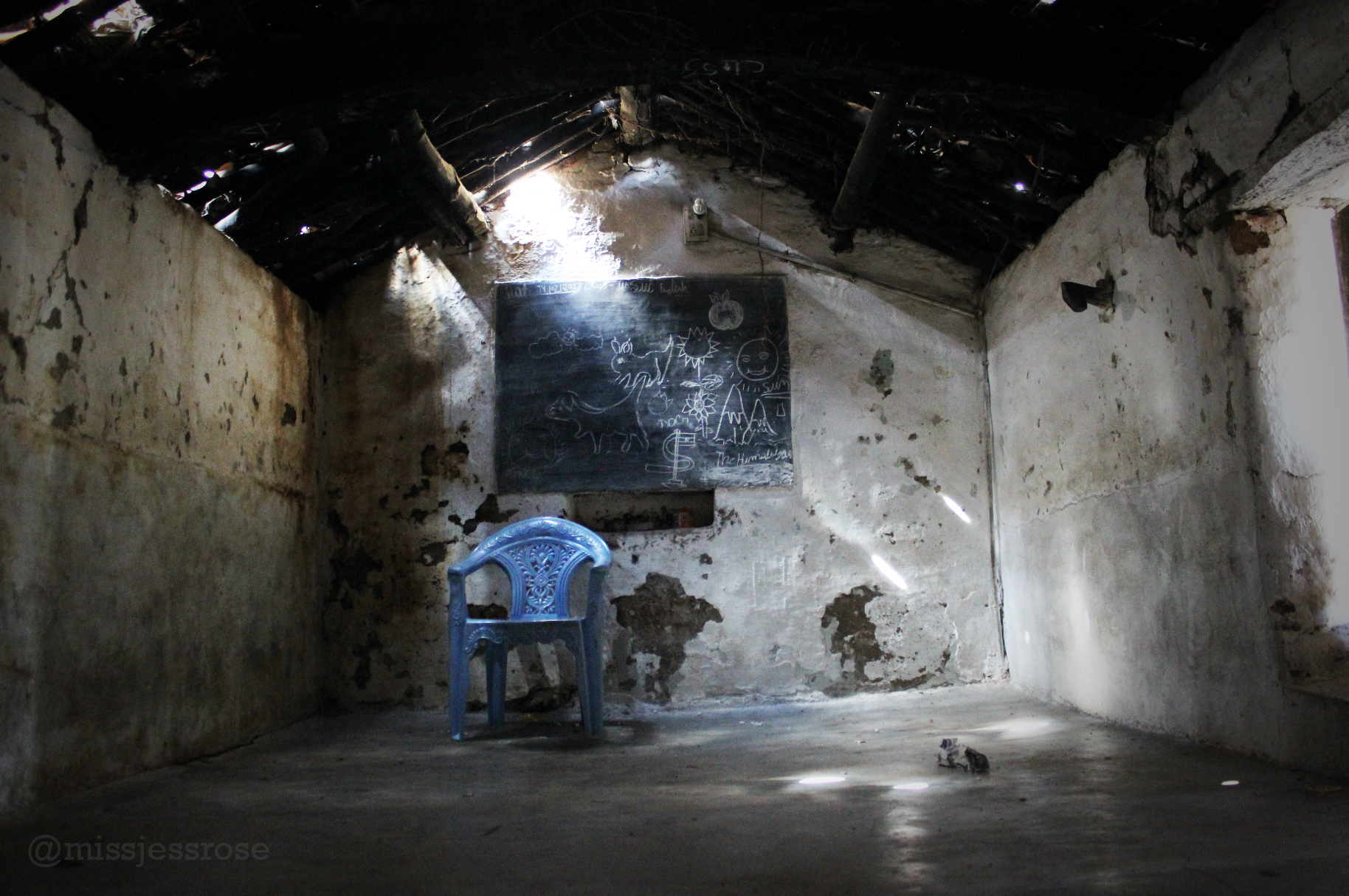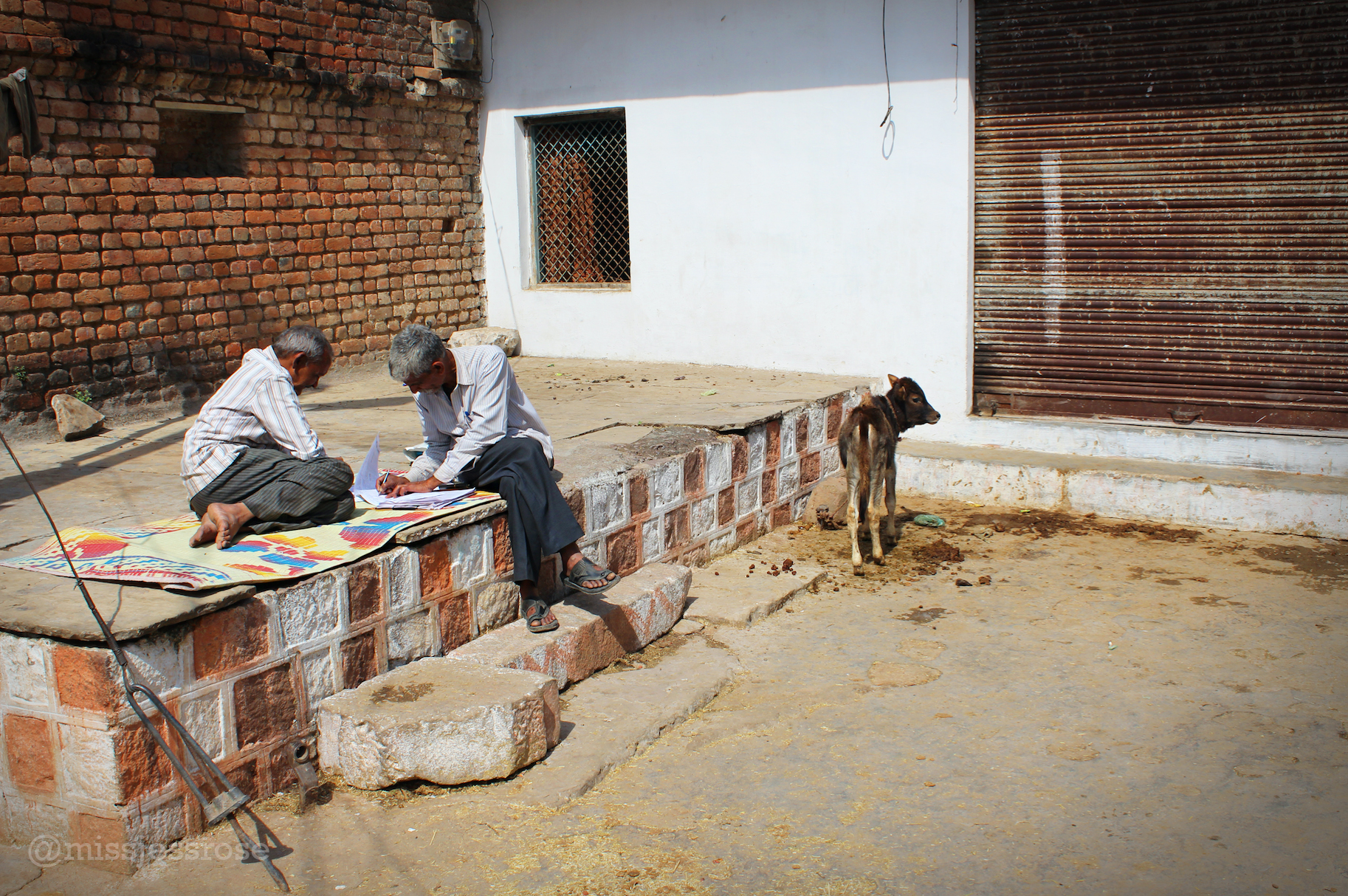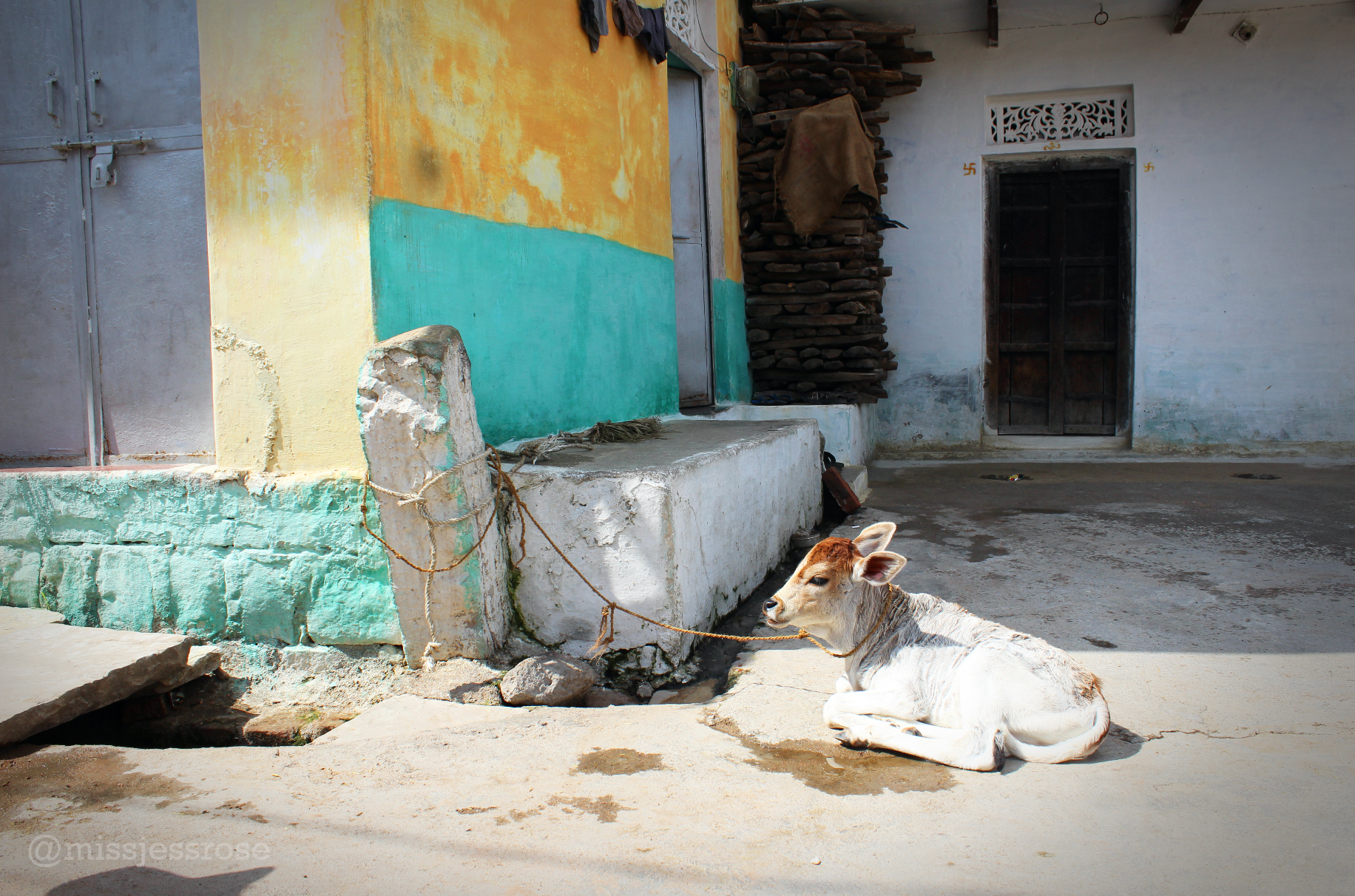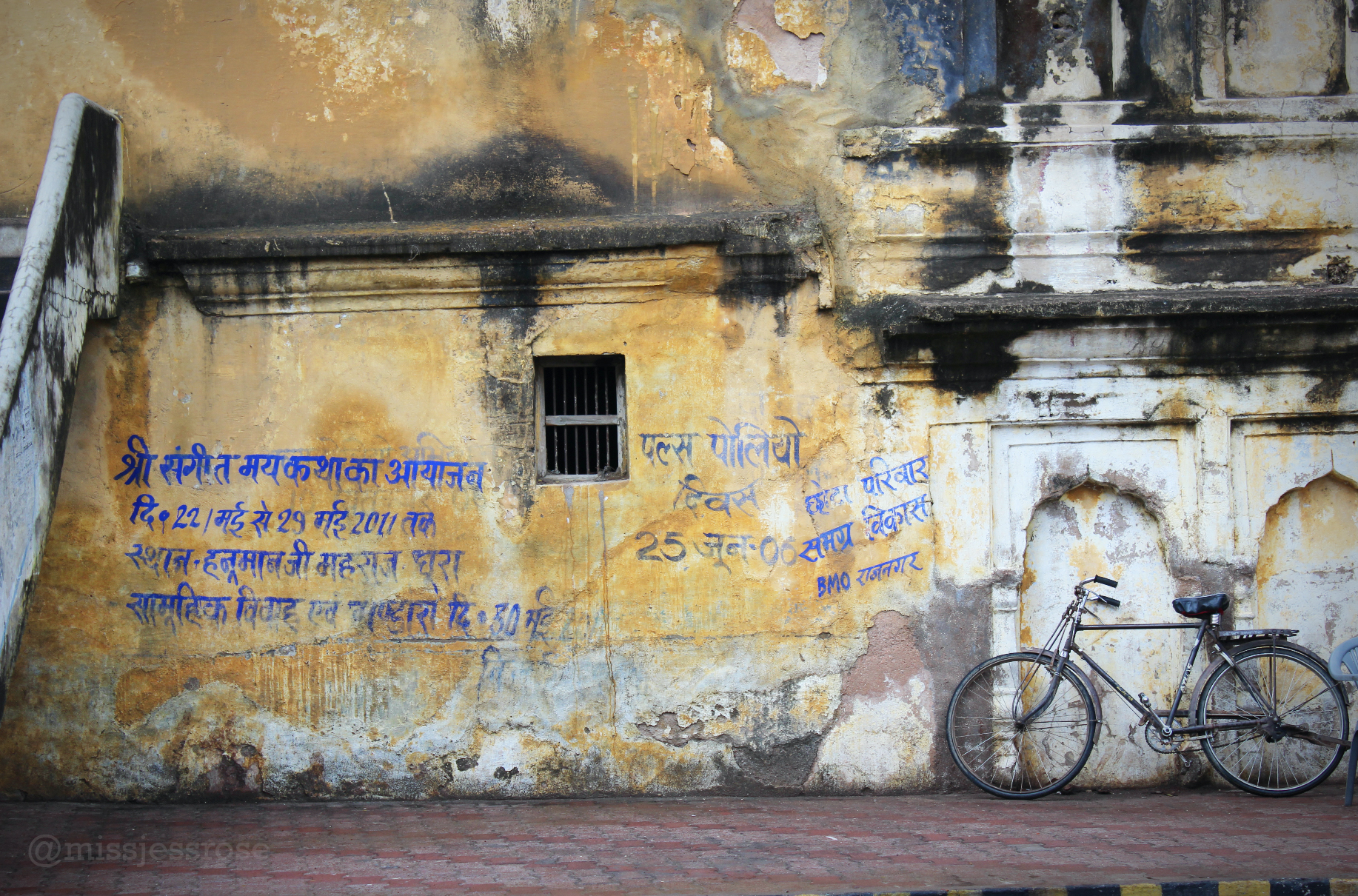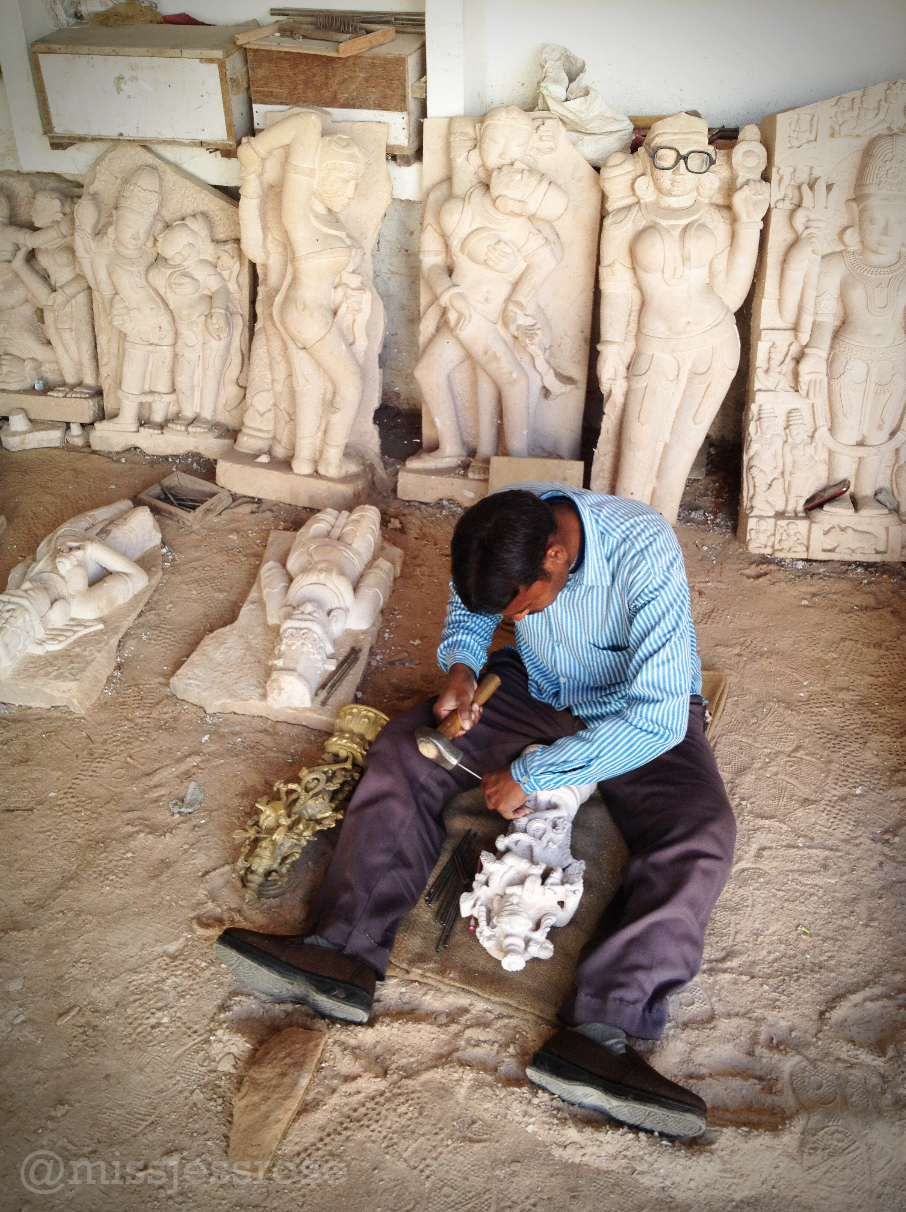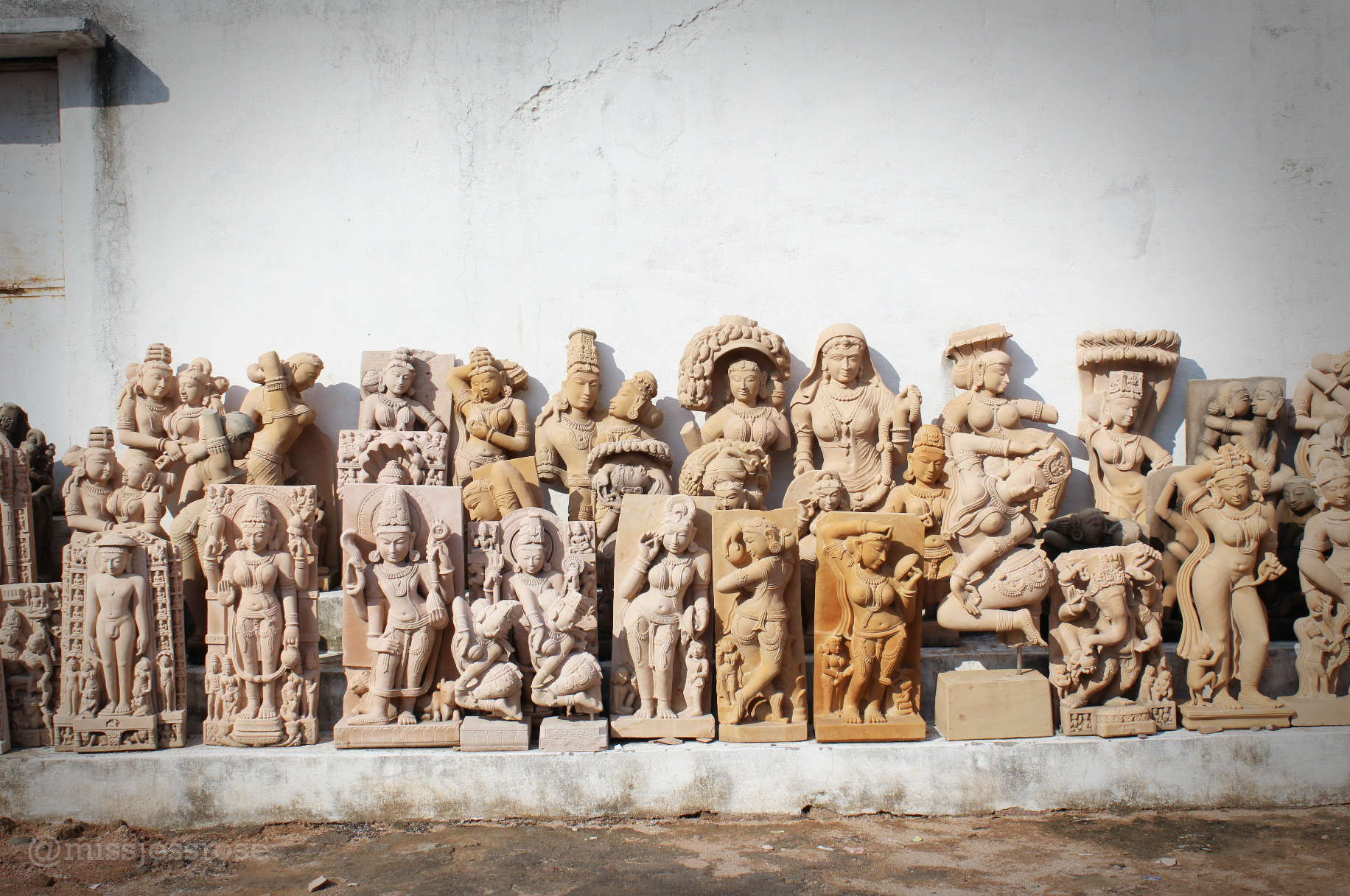“There are no mistakes. Only new paths to explore. ”
We're weaving our way through the narrow streets of the village of Khajuraho, in Northern India, shadowed by a gaggle of local teenage boys who have somehow become our self-appointed guides.
The road is muddy from rain. A little girl feeds food scraps to a cluster of baby piglets as chickens eagerly swarm the scene, hoping for a bite. Yaks and cows mosey along beside us, eating plastic garbage in the streets.
I'm happy to finally be outside. Upon arrival, the rain kept us stuck in the hotel, which allowed me to become deeply lost in Gregory David Roberts' epic novel, Shantaram—an incredible true tale of adventure, heartache and transformation set in India. It's a must read for anyone who plans to visit this country.
While I'm reading, as if on cue, there is one point at which I glance up from my book just in time to see a roaming goat snatch a samosa from the top of a food cart outside my window. Classic India.
Now on the streets, we are the only three white people around, and our "guides"—who have aggressively latched onto us—are pointing out the sights. The five of them chattering away, despite our insistence that no, we don't want to hire them. But they won't leave us.
People mostly come to Khajuraho, in the state of Madhya Pradesh, to see the famed "sexy" temples, despite the fact that only about ten percent of the decorative carvings depict figures in risqué poses. Built between 950 and 1050, the 20 remaining Hindu and Jain temples (there were once a total of 85) make up yet another UNESCO World Heritage site.
These ancient sandstone structures are covered with well-preserved carvings of figures, animals, and naughty poses, layered and rich with detail. The designs go on and on, and my eyes travel upwards interpreting the gestures and signs. I think about what all this must have meant to the people so long ago who carved them. I'm told that the temples were constructed without any sort of mortar or bonding material to hold the stones together, which makes them seem all the more fantastical.
***
Visiting the temples with our teen entourage is both awkward and a very funny social experiment. Because, let's be honest, kama sutra or any related topic is decidedly not a thing that anyone wants to talk about with over-zealous Indian teenage boys.
Uncertain of what I'm talking about here? Let me put it this way: in general, sexuality is repressed in India, and sexism still runs rampant, especially towards women. Luckily, I've been traveling with two men during my two months in India, so I've been reasonably sheltered from such harassment. But it exists, there's no doubt about that.
In fact, one of the most offensive encounters I personally experience in India happens while we're in Khajuraho. It's common for groups of Indians to ask for photos with the three of us Westerners, and we always oblige. In this instance, my fellow male travelers and I stand together with a group of local boys who have asked for a photo. We put our arms around each other, pose and smile, and the photo is snapped. But then, something unusual happens that makes me wish I had it in me to be more violent. The teenage boy to my left, who already has his arm around my shoulders, aggressively yanks my head downwards and towards his nasty face in an attempt to kiss me.
I am more than appalled. I feel absolutely violated.
I wish Honza, my travel partner who is stronger and taller, would slap this kid. I wish I had it in me to slap this kid. But I'm in such shock that in that instant, I struggle away and run, wanting to shake myself from his touch. Honza, the kind-hearted Czech that he is, despite his strength and size, stays behind to reprimand the boys. I feel offended, dirty and upset. From this point on, I write off taking photos with Indian men, and vow to myself that if I'm ever fondled this way again, I will smack the jerk who dares to think this behavior is acceptable.
***
That incident aside, our self-appointed tour guides are harmless in that sense, if only over eager for American cash dollars. We've acquiesced to the fact that the boys have, by force alone, become our "guides," and undoubtedly at some point, they will require payment, once again leaving us in a dilemma where a service we do not want is forced upon us. In no world ever would we need five guides, so we're left in the conundrum, does the obligation to pay them all legitimately fall on our shoulders? Sometimes I just want to pretend like I'm mute or deaf so I don't have to deal with such things.
But being the softie Westerners that we are, we give in to the experience.
Three of our five self-appointed "guides."
Although I'm cautious and wary of them, together the eight of us explore their village. They welcome us into one of their houses for chai tea. Along the way, they tell us of the Indian caste system, and how everything in India is pre-defined. They say they don't like it, but that's how things are.
As we sip tiny cups of hot chai, the boys play music on their cell phones—Honey Bunny, Lady Gaga, Gangnam Style. They all know the words. Even though I'm annoyed, I'm simultaneously curious to learn more about what it's like to be an Indian teen.
***
Despite all the weirdness in Khajuraho, the temples are some of my favorite, and well worth exploring. You can even purchase hand-made replicas of the figures on your way out.
And just in case you're wondering, yes, we did pay the five boys after our day of exploring together.
Have you visited the temples in Khajuraho? What did you think? Did you face similar challenges with sexism and inappropriate behavior as I did? Share your thoughts and experiences below!


